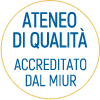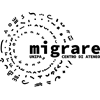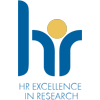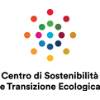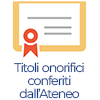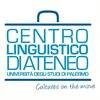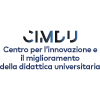Recycling phosphorus from agricultural streams: grey and green solutions
https://doi.org/10.3390/agronomy12122938
Many intensively farmed soils show high phosphorus (P) contents compared to the thresholds required for agricultural production; 0.084 Mt of P year−1 is leaving the European terrestrial system. This paper focuses mainly on non-point flows of P and provides an overview of the most promising and sustainable solutions for P recycling, centred on waste materials from agriculture. Given the global shortage of the primary resource of P, its management is critical for its efficient use. Nowadays, wastage and loss at every stage of the P cycle raise concerns about future supplies and especially about the resulting environmental problems, such as the eutrophication of surface water bodies and the reduction of biodiversity. Recovering P costs more than EUR 640 per tonne depending on the type of technique used. The opportunity for P recovery with green and sustainable technology is, therefore, a great challenge for the next years. Waste materials or by-products of agricultural processing have been considered ecologically safe, low-cost, and highly selective with high pollutant adsorption capacities, which would enable sustainable P recovery, both environmentally and economically. A realistic threshold for considering the reuse of P sustainably at the farm level is EUR 320 per tonne.




